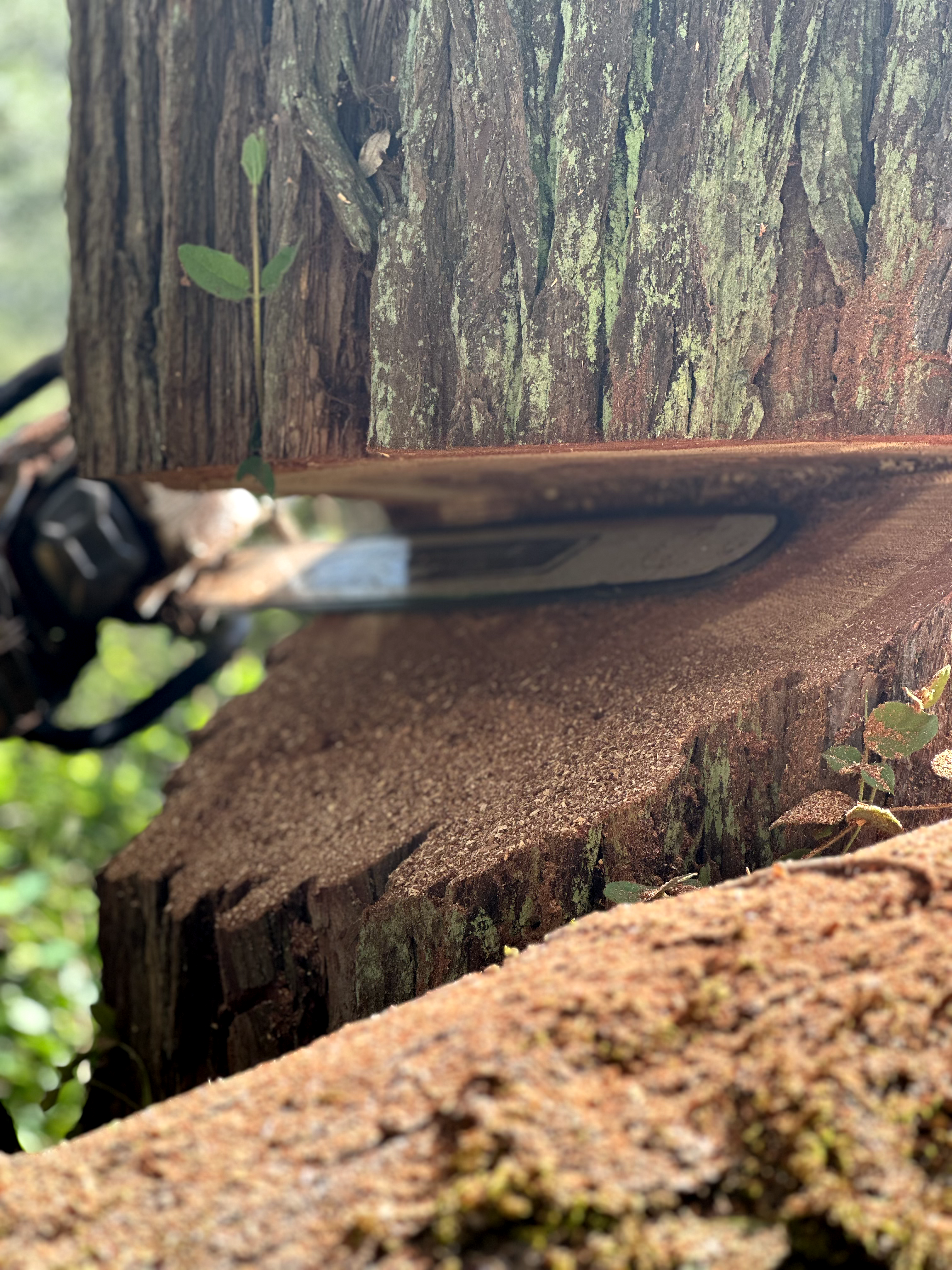
Mastering Tree Health: Common Diseases and How to Treat Them Sep 16, 2025
The importance of understanding common tree diseases cannot be overstated. Trees, whether in your backyard or along city streets, face numerous threats. Among these, diseases like anthracnose, Dutch elm disease, and fire blight frequently jeopardize tree health. Recognizing the signs early can make all the difference in managing these ailments more effectively.
Anthracnose, characterized by dark, sunken lesions on leaves and stems, affects a variety of tree species, including oaks, maples, and sycamores. This fungal disease often thrives in cool, wet spring conditions. To treat it, maintain good tree hygiene by clearing fallen leaves and debris, which can harbor the fungus. Consider pruning affected branches to improve air circulation, thereby reducing moisture that can aid fungal growth. For severe cases, fungicidal treatments may be required, but these should be applied by professionals who can assess the suitability and timing for application.
Dutch elm disease primarily targets elm trees and has led to significant losses in many regions. The symptoms often manifest as wilting and yellowing leaves, usually beginning in the crown and progressing downward. Caused by a fungus spread by elm bark beetles, prevention involves using insecticides to control beetle populations and cutting down severely afflicted trees to prevent further spread. If caught early, a systemic fungicide injected by certified arborists can sometimes save valuable trees.
Fire blight is a bacterial disease most common in fruit trees, such as apple and pear, and is identified by blackened, withered blossoms and shoots that seem scorched. Once diagnosed, pruning the infected areas during dry weather helps slow its spread. Make clean cuts well below the diseased sections to ensure complete removal of the bacteria. Disinfect pruning tools between cuts to prevent its spread. During dormancy, applying bactericide can help reduce infection rates for the following growth season.
Maintaining your trees' health also involves understanding the role of environmental conditions and stress factors. Proper watering, fertilization, and mulching significantly contribute to a tree's ability to resist diseases. Regular monitoring for signs of trouble, combined with prompt, informed interventions, will help prevent most issues before they become threats to your trees' survival.
At Tyco Forest Management, we emphasize the importance of integrated pest management and tailored solutions to preserve tree health. Consulting certified arborists can save time and resources and often offers a more comprehensive understanding of disease dynamics and treatment options.
In conclusion, mastering tree health involves not only identifying and treating illnesses but also implementing preventive measures that foster resilience against them. By staying informed and proactive, you can mitigate the impact of these common tree diseases and keep your landscape lush and verdant. Reach out to Tyco Forest Management for expert advice and services tailored to the specific needs of your trees. Let us help you nurture nature, lending our expertise to ensure your trees continue to stand tall and strong for generations to come.
/filters:no_upscale()/filters:format(webp)/media/a533872a-ad0e-40aa-a36f-a6a597cbd997.jpeg)